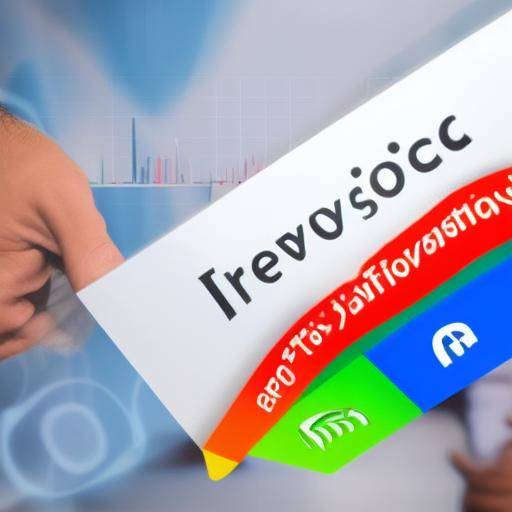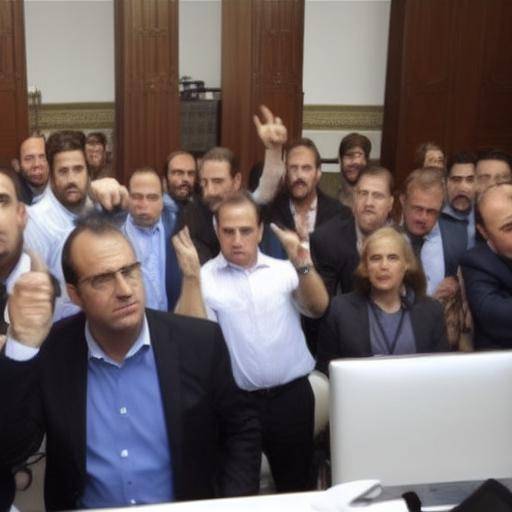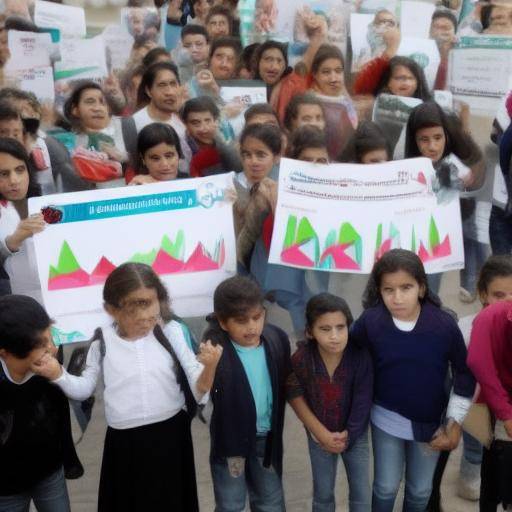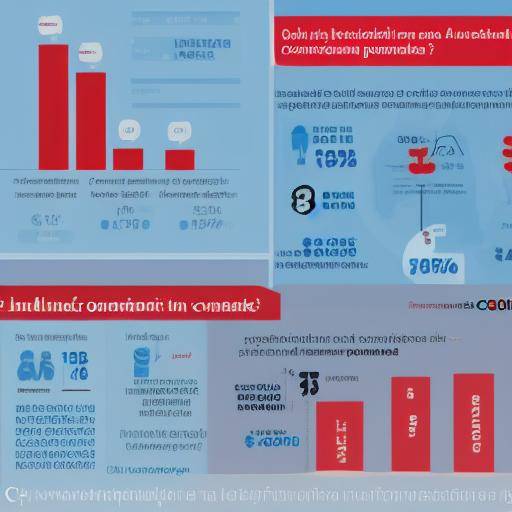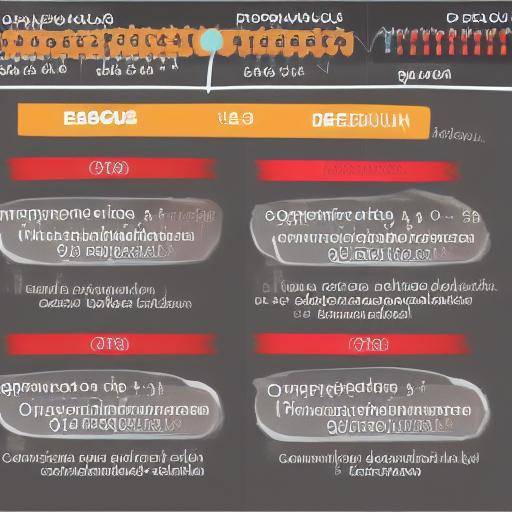
The road to retirement is often influenced by the financial decisions we make throughout our work life. Among these decisions, the management of investments for retirement is a fundamental place. Assessing the risk of investments is crucial to ensuring financial security at the retirement stage. In this article, we will explore in detail how to conduct an analysis, control and balance in investments aimed at retirement, providing a comprehensive understanding of this process.
Introduction
The process of assessing the risk of investment for retirement not only involves the selection of financial assets, but also the understanding and management of associated risks. This analysis allows for more informed decisions that align with long-term financial objectives. In this article, we will address in detail the importance of analysis, control and balance in investment for retirement, providing readers with the tools necessary to carry out this process successfully.
Analysis: The Fundamental Pilar
In assessing investment for retirement, analysis plays a crucial role. Through a thorough analysis, a clear view of the various available assets, historical yields, volatility and associated risks is obtained. This analysis provides the basis on which the entire investment decision-making process will be built.
The analysis not only involves evaluating available investment options, but also understanding individual financial needs, risk tolerance and retirement goals. By weighing these factors, you can determine the allocation of optimal assets that adequately reflects the investor's risk profile and its long-term goals.
Control: Active Risk Management
Once the initial analysis is completed, the control becomes a fundamental phase of the process. Active risk management involves the implementation of strategies that minimize the risks identified during the analysis. This management may include portfolio diversification, the use of financial instruments to protect against market volatility and the periodic review of the portfolio to keep it aligned with established objectives.
Control also encompasses constant monitoring of investments, ensuring that they evolve according to expectations. This stage allows you to adjust the portfolio according to market conditions, changes in the personal financial situation and other variables that may impact the investment for the withdrawal.
Balance: The Harmony between Risk and Reliability
The search for balance between risk and profitability is the final and crucial aspect in the investment assessment for retirement. This balance implies finding the optimal point where the potential performance of the portfolio is maximized, while minimizing risk exposure. Balance also refers to the capacity of the portfolio to cope with market fluctuations and face long-term challenges while pursuing healthy growth.
History and Background
Analysis, control and balance in investment for retirement have been topics of interest and research throughout financial history. Since the development of modern portfolio theory by Harry Markowitz in the 1950s until the implementation of sophisticated risk management strategies at present, these disciplines have evolved significantly.
The financial crisis of 2008, for example, triggered a renewed interest in investment risk management. Lessons learned during this period led to a more rigorous approach in risk assessment and increased attention to diversification and active portfolio management.
Analysis in Deep
The practice of analysis, control and balance in investment for retirement has shown many benefits and challenges over time. Analsis is critical to making informed decisions that align with long-term financial objectives. In assessing investment for retirement, analysis plays a crucial role. Through a thorough analysis, a clear view of the various available assets, historical yields, volatility and associated risks is obtained. This analysis provides the basis on which the entire investment decision-making process will be built.
The analysis not only involves evaluating available investment options, but also understanding individual financial needs, risk tolerance and retirement goals. By weighing these factors, you can determine the allocation of optimal assets that adequately reflects the investor's risk profile and its long-term goals.
Control: Active Risk Management
Once the initial analysis is completed, the control becomes a fundamental phase of the process. Active risk management involves the implementation of strategies that minimize the risks identified during the analysis. This management may include portfolio diversification, the use of financial instruments to protect against market volatility and the periodic review of the portfolio to keep it aligned with established objectives.
Control also encompasses constant monitoring of investments, ensuring that they evolve according to expectations. This stage allows you to adjust the portfolio according to market conditions, changes in the personal financial situation and other variables that may impact the investment for the withdrawal.
Balance: The Harmony between Risk and Reliability
The search for balance between risk and profitability is the final and crucial aspect in the investment assessment for retirement. This balance implies finding the optimal point where the potential performance of the portfolio is maximized, while minimizing risk exposure. Balance also refers to the capacity of the portfolio to cope with market fluctuations and face long-term challenges while pursuing healthy growth.
History and Background
Analysis, control and balance in investment for retirement have been topics of interest and research throughout financial history. Since the development of modern portfolio theory by Harry Markowitz in the 1950s until the implementation of sophisticated risk management strategies at present, these disciplines have evolved significantly.
The financial crisis of 2008, for example, triggered a renewed interest in investment risk management. Lessons learned during this period led to a more rigorous approach in risk assessment and increased attention to diversification and active portfolio management.
Analysis in Deep
The practice of analysis, control and balance in investment for retirement has shown many benefits and challenges over time. The comprehensive analysis provides clarity and understanding of market dynamics and investment options, allowing informed decision-making. However, this process can face challenges, such as market volatility, changes in financial regulations and the need to adapt to unforeseen economic scenarios. These challenges highlight the importance of active control and the search for balance in investment for retirement.
Comprehensive review
To properly assess the risk of investment for retirement, it is essential to consider multiple perspectives and opinions in order to achieve a comprehensive and balanced vision. In reviewing practical applications, case studies and best practices in the field of investment for retirement, valuable lessons can be drawn that enrich the decision-making process.
Comparative analysis
The comparison and contrasting concepts of investment analysis, control and balance provide a deeper understanding of their interrelations. Understanding the similarities and differences between these concepts allows investors to appreciate the complexities involved in managing investment for retirement and adopt more informed strategies.
Specific examples and detailed scenarios offer a clear view of how these concepts are applied in real contexts, providing valuable information for investors in making critical financial decisions.
Practical Tips and Accessible Recommendations
The risk assessment of retirement investments benefits enormously from practical recommendations and actionable advice. Providing investors with clear and practical guidelines allows them to address this process with greater confidence and understanding. Numbered lists and key points provide a clear structure for the delivery of advice, facilitating their assimilation and application by readers.
Industry ideas and Expert Reviews
The perceptions and analyses of industry specialists are invaluable in understanding current trends and future projections in the field of risk assessment of investment for retirement. These views provide a deep insight into the challenges and opportunities facing investors today, as well as best practices to optimize their long-term investment strategies.
Case Studies and Real Life Applications
Detailed case studies provide a practical perspective on the implementation of strategies for analysis, control and balance in investment for retirement. These concrete examples illustrate how these strategies have impacted real investment portfolios and lessons that can be drawn from these experiences. The different contexts and situations presented in case studies offer a broad overview of the practical applications of these concepts.
Future Trends and Predictions
The analysis of emerging trends related to risk assessment for retirement provides a strategic vision of market dynamics and long-term investment prospects. In considering future predictions based on current data and expert views, investors may be better prepared to face challenges and take advantage of opportunities in the changing global financial landscape.
Conclusion and Frequently Asked Questions
Conclusion
Ultimately, the risk assessment of investment for retirement requires a comprehensive approach that encompasses comprehensive analysis, active control and the search for optimal balance. By adopting strategies based on these principles, investors can maximize the potential of their portfolios while mitigating the inherent risks.
Frequently asked questions
- Why is it important to assess the risk of investment for retirement? Risk assessment is crucial to ensuring that investments are adequate to achieve retirement goals in a safe and sustainable manner. In understanding and managing risk, investors can optimize their portfolios for the long term.
- How can I determine my risk tolerance in investment for retirement? Evaluating your risk tolerance means considering your ability to withstand financial losses, your time horizon and investment goals. It is essential to seek a balance between the search for returns and risk management.
- What is the role of diversification in risk management in investment for retirement? Diversification plays a key role in reducing risk by distributing portfolio assets in different classes and markets. This strategy helps to mitigate the negative impacts of market movements in a single investment area.
- How can I maintain the balance between risk and profitability in my retirement investments? The balance between risk and profitability is achieved by selecting assets that optimise performance potential based on your risk profile and retirement goals. Diversification, active risk management and regular portfolio review are key steps to maintain this balance.
- What is the impact of economic conditions on risk assessment on investment for retirement? Economic conditions can influence market performance and volatility, which in turn affects the risk of investments. It is crucial to assess how these conditions impact investments and adjust the strategy accordingly.
- What are the main trends to take into account in assessing risk in investment for retirement? Trends such as sustainability, financial technology and emerging market developments are important aspects to consider in investment risk assessment. Being aware of these trends can help investors to adapt and take advantage of new opportunities.
In short, the risk assessment of investment for retirement requires a comprehensive approach that integrates analysis, control and balance. By understanding in detail each of these aspects and their interrelationship, investors can make more informed and strategic financial decisions that safeguard their financial security at the retirement stage.


















